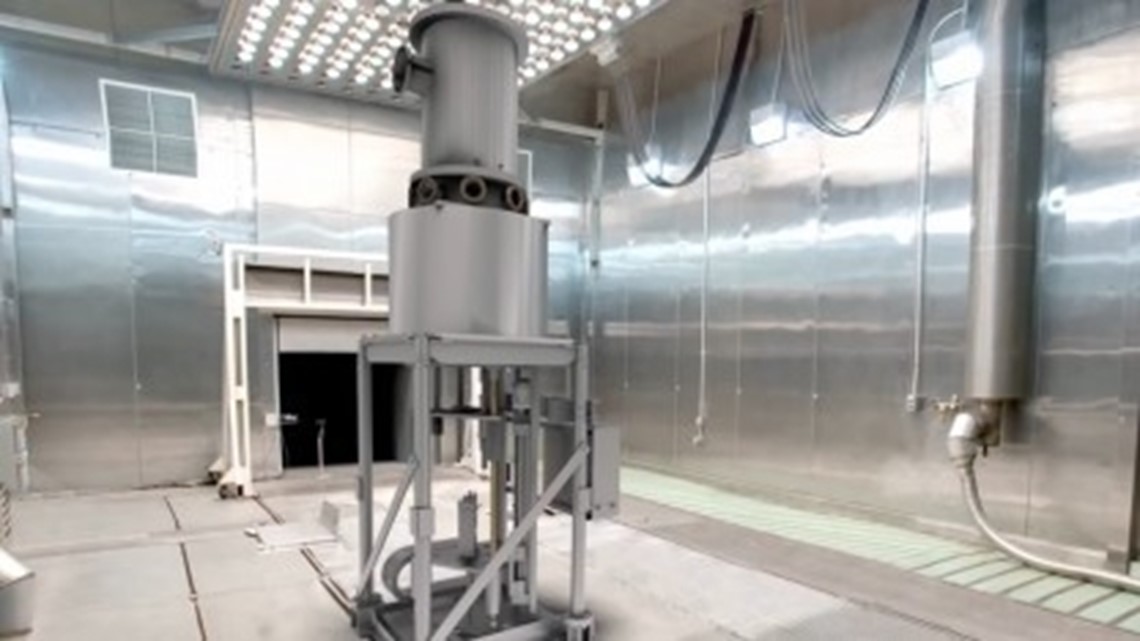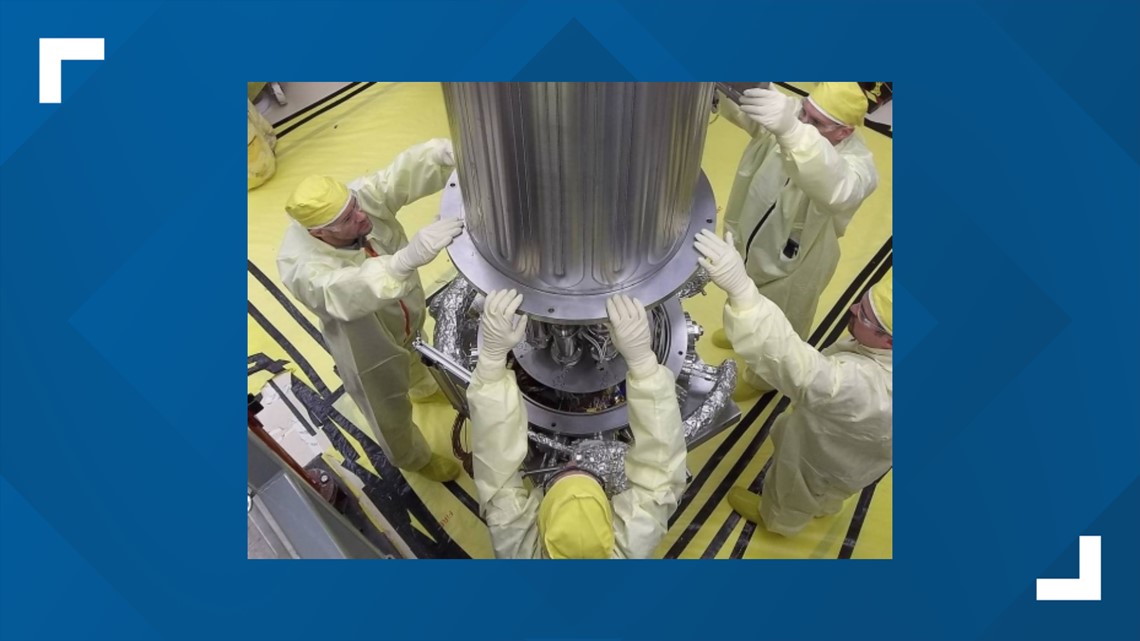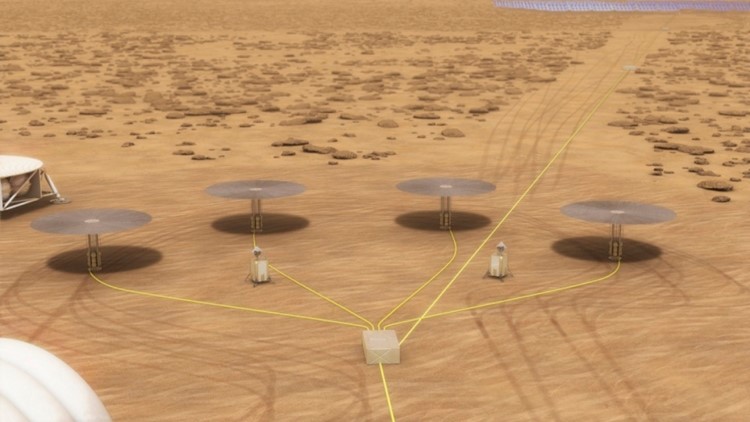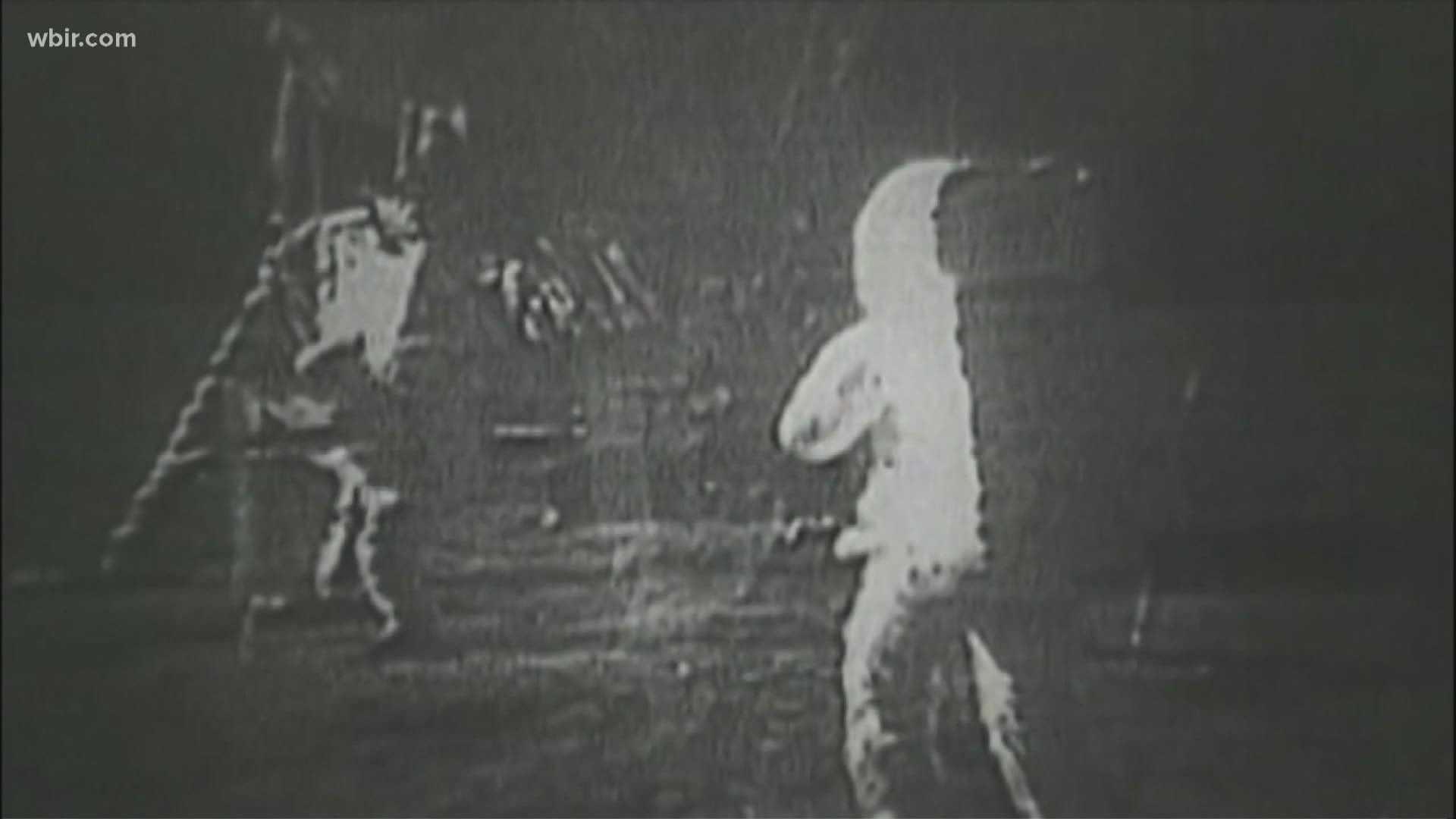OAK RIDGE, Tenn — Editor's Note: Tune in to WBIR at 5:30 p.m. Tuesday for a special on East Tennessee's connections to the historic Apollo 11 mission that landed man on the moon, 50 years later.
Researchers from East Tennessee have been part of almost every major technical advancement over the last 75 years. From nuclear energy to computers to touchscreen smartphones, Oak Ridge scientists have played their part.
One of their next projects - helping power NASA's future missions into deep space.
Morris Hassler is the senior director of Global Security and Strategic Partnerships at Y-12 National Complex. He oversaw the Kilopower Reactor Using Stirling Technology project, nicknamed KRUSTY.
Right now, NASA uses solar power for almost everything in space, but there are some places where the sun isn't an option.
"When you go to certain parts of the solar system, like the dark side of the moon and mars, you don’t have solar," Hassler said. "So you have to use another power source."
That's where KRUSTY comes in. It's essentially a nuclear reactor that could fit in the trunk of a car. It makes its own power using enriched uranium. Researchers believe it could create enough energy to power a colony on Mars.


Scientists at Y-12 worked tirelessly over the course of the three-year project to make a design that fit NASA's tight parameters and budget.
"One of the real challenges was Krusty was a first-of-its-kind project. It was a band new reactor design on a very tight budget," Hassler said. "So part of this was designing the first of its kind, trying with prototypes, then taking lessons learned from those prototypes and then eventually making the final fuel that we were able to deliver."
Researchers at Y-12 also faced pressure about the future of the space program.
"They really needed to demonstrate this so they could get additional funding to continue with the program," Hassler said. "If we failed, in this demonstration on our part, it could scrap the entire space reactor program."


But Y-12 wasn't going to let that happen. Scientists completed the project by NASA's deadline and within its budget. They are encouraged by the fact that the technology can be used on future space missions for years to come.
"There are missions that are absolutely not possible without KRUSTY-type technology," said Chris Robinson, a senior technical consultant on the project. "It’s got them definitely thinking about things they weren’t thinking about... and potential missions in space."
Y-12 scientists are unconcerned with the fact that most people have never heard about their contribution to the next space race.
"We’ve been in the Secret City for a long time, we don’t have to be at the front or the limelight," said Hassler. "We know what contributions we make to the nation. So, if that’s the way it’ll be for this, we will know what we’ve done for the nation and that will be just fine with us."



